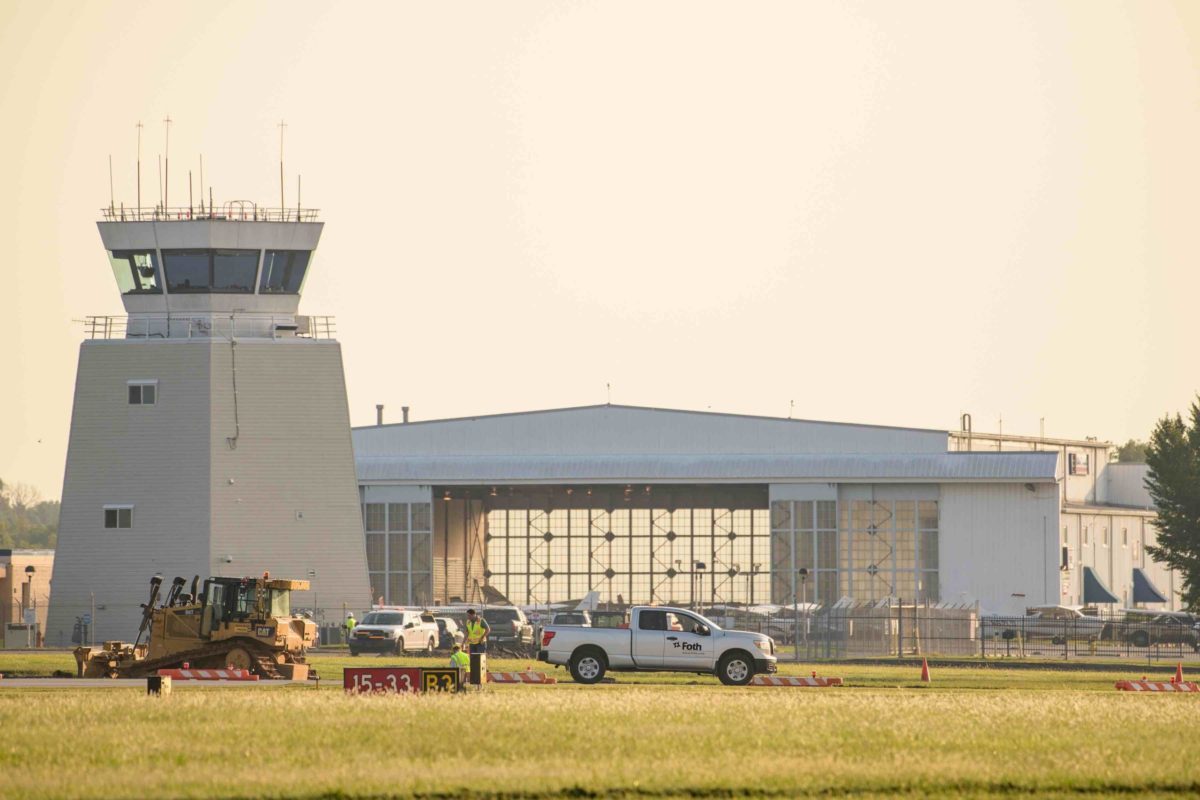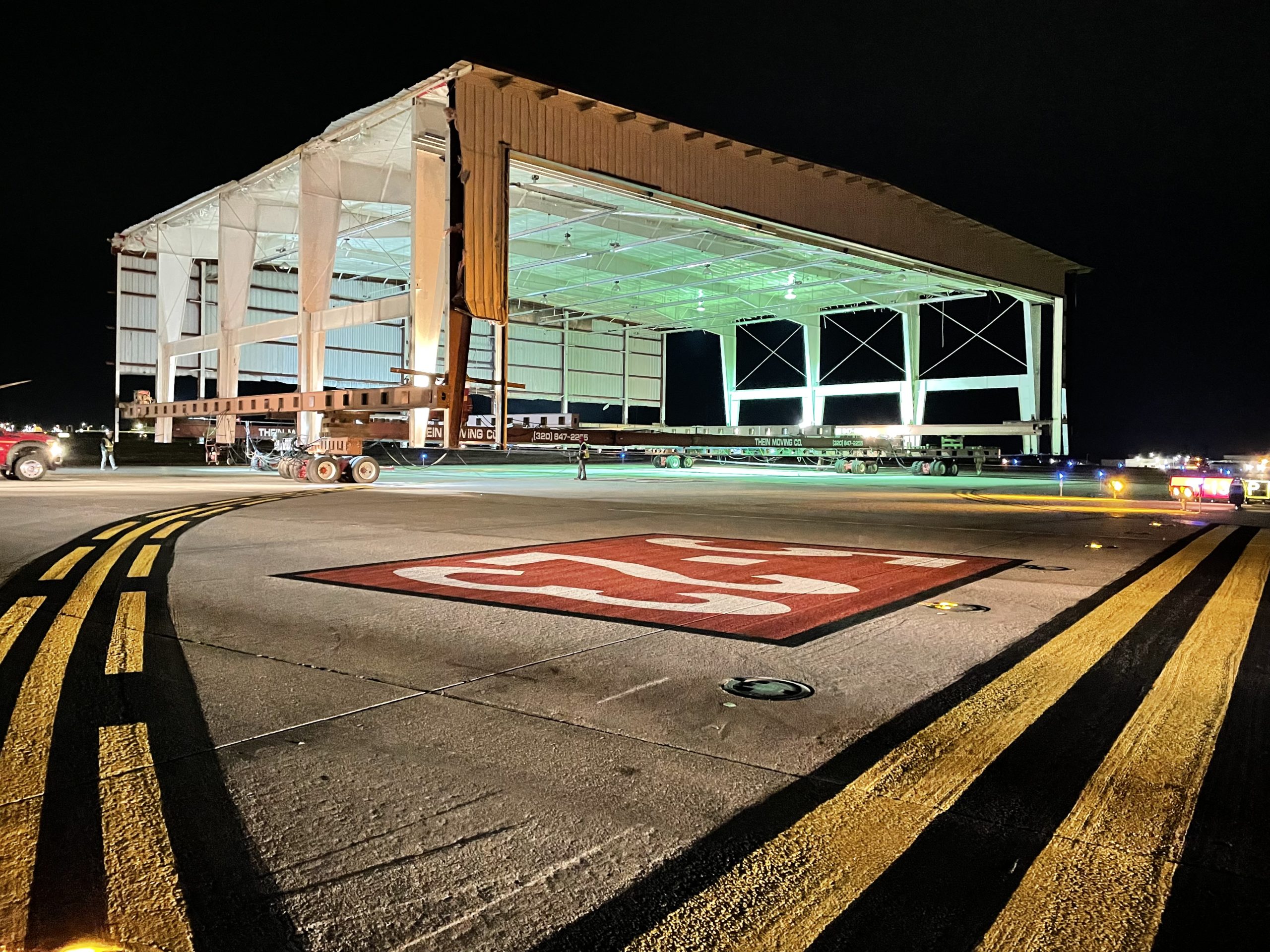
Industries around the world have been impacted by the COVID-19 pandemic – some positively as demand for certain products increased, but most negatively, requiring thoughtful action, flexibility, and resilience. Few industries were impacted as immediately as airports.
In February 2020, before COVID-19 took hold around the globe, airports in the U.S. welcomed 60 million domestic travelers through their doors. Two months later in April 2020, that number decreased to 2.9 million. With vaccinations rolling out globally, 2021 was marked by a slow and steady rebound, reaching just shy of 61 million domestic travelers in June before the Delta variant officially marked the fourth wave of COVID-19.
Weathering these ups and downs is challenging, but with public support and the right partners and strategy, airports can maintain their operations and plan well for the eventual and inevitable full rebound.
Funding Available to Airports
The U.S. government responded swiftly to the industry’s hardships by introducing several new programs to provide much needed financial assistance. These programs have different eligibility criteria, requirements for use, and funding levels, which can make navigating the opportunities complex and time consuming.
Funding through the Federal Aviation Administration’s (FAA) Airport Improvement Program, or AIP, has been steadily available to airports since the 1980s. This $3.35 billion fund is dispersed annually to airports in the National Plan of Integrated Airport Systems with grants typically provided for capital improvement projects directed towards enhancing safety, security, and capacity.
COVID-19 Relief Funding
Since COVID-19 wreaked havoc on the travel industry, three new federal funding programs have directly supported airports: CARES, CRRSAA, and ARPA.
The CARES Act, or Coronavirus Aid, Relief, and Economic Security Act, was enacted in March 2020 and included $10 billion in funding to airports for use within a broad scope. At the onset of COVID-19, the funding was intended to be used by airports for any legal purpose, but prioritized keeping their doors open and people employed, and paying down debt service. The FAA later introduced further requirements and restrictions for use in capital development projects.
The Coronavirus Response and Relief Supplemental Appropriations Act, or CRRSAA, of December 2020 included $2 billion in funding for eligible airports to provide concessionary relief and cover expenses designed to prepare for and prevent the spread of COVID-19.
In 2021, ARPA, the American Rescue Plan Act, was signed into law and included $8 billion in funding for eligible U.S. airports. Also administered by the FAA, information about how these funds would be distributed became public in June 2021. The funds will be used to provide economic relief to airports around the U.S. and disbursements are based on typical AIP passenger and cargo entitlement formulas. The funds will be used, in part, to support airports in continuing operations, provide relief to concessionaires, and increase the federal share for all 2021 AIP grants to 100 percent, removing the requirement for local matching.
Funding under CRRSAA and ARPA are more restrictive in terms of utilization for capital development than CARES but, together, the programs injected $20 billion in funding to an industry that was in desperate need.
Developing a Funding Strategy
Before airports begin the application process, it’s important to have a strategy in place, understand the nuances and requirements of each program, and be well versed in the procedures required by the FAA. Airports must use each grant provisioned to them within a specified timeframe, making it important to set priorities and develop a plan for how funding will be used, and which grants to apply for first.
At Foth, we have a long-standing track record of supporting airports in navigating FAA processes to apply for and make appropriate use of funding. Airports are best set up for success if they have a strategic plan in place and can provide confidence funding will be used appropriately and on time. Performance in using grants and ensuring they’re closed out correctly helps to build trust and improve an airport’s reputation, leading to more opportunities and development in the future.
Adding further importance to developing a strategy is the recent approval of the Infrastructure Investment and Jobs Act, which includes another $25 billion in funding for airports over the next five years. The funding included in this bill is split to address various priorities but recognizes that the industry continues to struggle in the face of COVID-19. This support will help ensure adequate investment in deteriorating infrastructure and economic recovery. At Foth, we have been watching this bill closely and can help airports understand how it may impact capital improvement planning and the opportunities it may present.
Our relationships across the industry and decades of experience in planning for capital improvement and maintenance projects alike mean we can help you navigate our current environment to position you for success and future growth. From airfield modifications to terminal expansion and taxiway, apron, and runway maintenance, Foth is the right partner to see your projects through from start to finish.
Markets: Airports
Services: Aviation Services, Strategic Consulting and Planning




